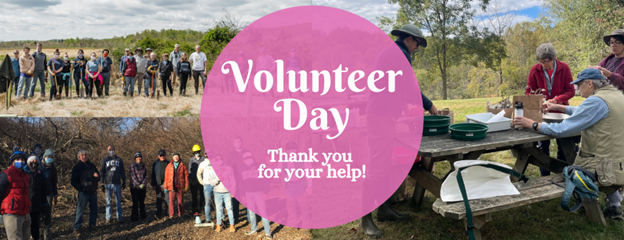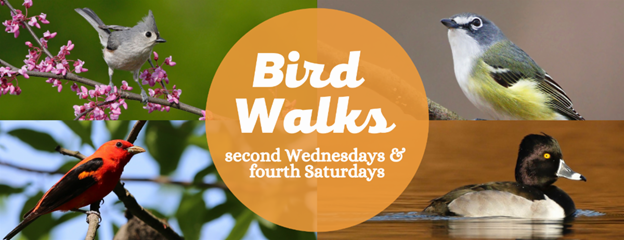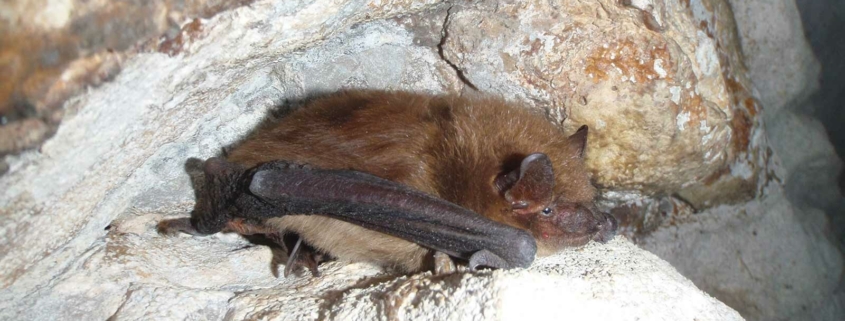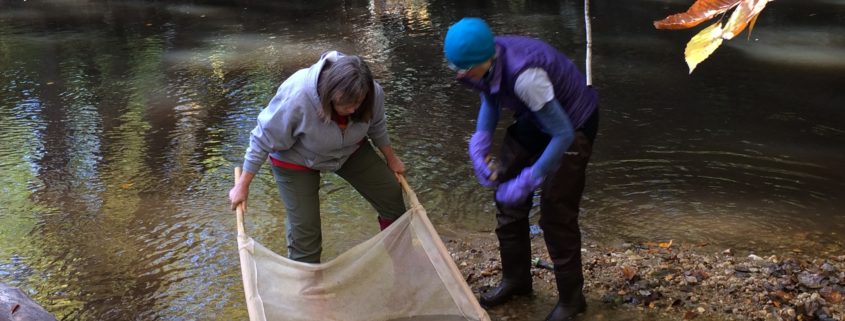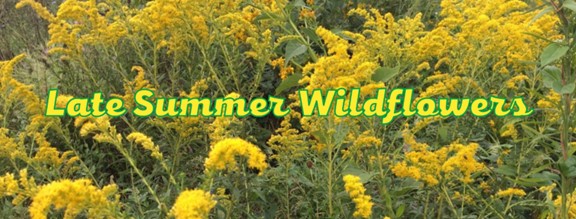Photo by J. Quinn
Below is a list of Stream Monitoring Citizen Science, Workshops, and other monitoring opportunities in the area for August and September.
*NVSWCD Workshop*
Difficult Run Stream Monitoring Workshop
When: Sunday, August 21, 10:00am-12:30pm
Where: Difficult Run Stream Valley Park, Great Falls
This quiet site is known for numerous macros and a relatively high stream score. In spring we found a high number of midges – will we find the same this visit? Space is limited, please register for the workshop
here.
*NVSWCD Workshop*
Horsepen Run Stream Monitoring Workshop
When: Saturday, August 27, 9:00-11:30am
Where: Horsepen Run Stream Valley Park, Herndon
This stream site parallels the park trail and is a favorite with local runners, bikers, and dog walkers! This site scored higher in the spring monitoring than it had in past years – join us to see if this positive trend continues! Space is limited, please register for the workshop
here.
Creek Critters Count and Catch Program
When: Sunday, August 28, 1:00pm
Where: Chapman DeMary Trail, Purcellville
Join the Purcellville Parks and Recreation Advisory Board, Purcellville Tree and Environment Sustainability Committee and Loudoun Wildlife Conservancy to get up close and personal with the creek critters living in the South Fork of the Catoctin Creek at the Chapman DeMary Trail. Loudoun Wildlife Stream Team members will discuss the natural history of these critters, help participants learn how to identify them, and explain how they can help us determine the health of a stream. Registration required through Purcellville Parks and Recreation website. Learn more
here.
Friends of Accotink Creek Biological Stream Monitoring
When: Saturday, September 10, 9:30-11:30am
Where: Lake Accotink Park, Springfield
Volunteers assess ecological conditions in the stream, based on the presence and abundance of bottom-dwelling invertebrates. Meet at the parking lot behind Lake Accotink Park Administrative building.
RSVP.
*NVSWCD Workshop*
Wolftrap Creek Stream Monitoring Workshop
When: Saturday, September 10, 1:00-3:30pm
Where: Wildwood Park, Vienna
This site was recently made available for adoption after it’s monitor moved away for college. Come see how sites are monitored and how you can join our volunteer team! Space is limited, please register for the workshop
here.
*NVSWCD Workshop*
Cub Run Stream Monitoring Workshop
When: Sunday, September 25, 9:00-11:30am
Where: Cub Run Stream Valley Park, Centreville
This stream site had great stream health scores in the spring – come see if the trend continues! As a bonus treat, this site often has delicious pawpaws ripening this time of year… Space is limited, please register for the workshop
here.
More Training and Stream Monitoring Opportunities
The Northern Virginia Water and Soil Conservation District (NVSWCD) is very excited to contribute their stream data to state and national datasets. If you’d like to see data from all the NVSWCD regional stream monitoring team’s active sites, you can find our organization on the Clean Water Hub. Keep in touch with NVSWCD on our Facebook and Instagram.



